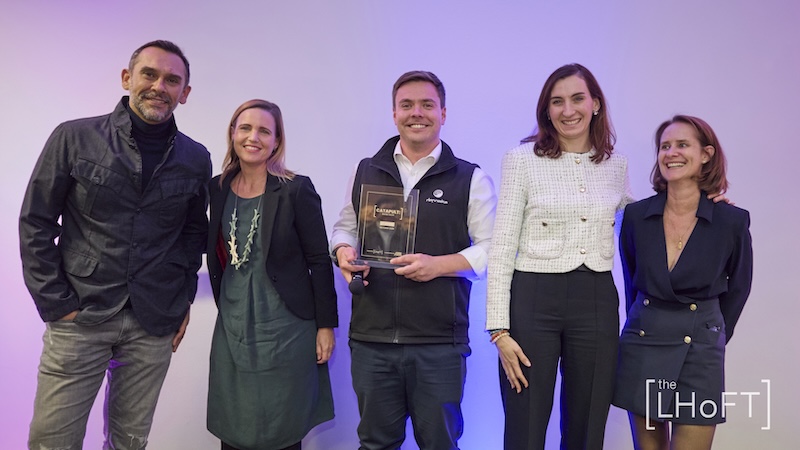Singapore Fintech Festival 2020
December 7, 2020 - December 11, 2020

Description
Singapore FinTech Festival is the world’s largest Fintech Festival and global platform for the Fintech community, comprising Fintech players, technopreneurs, policy makers, financial industry leaders, investors including private equity players and venture capitalits, and academics.
The multi-format conference and exhibition will showcase latest technologies and trends.
Why attend?
- Explore a new market
- Meet investors, clients, partners and others players in the ecosystem to kickstart operations
About Southeast Asia’s FinTech Sector
- Among highest population growth in the world. (e.g., Indonesia will = US By 2035, young consumers)
- Southeast Asia’s fintech sector is among the fastest-growing in the world, with expected market growth to reach between $70 billion and $100 billion by 2020.
- Southeast Asia is particularly primed for the rise of payment technologies, as three-quarters of the adult population remains unbanked.
- ASEAN (Association of Southeast Asian Nations) customers rank among the most willing to use fintech products, with 82% open to the idea in comparison to 77% in North America and 76% in Europe.
- Singapore is at the forefront of the digital payment market, as it has long been a leader in smart cities, hyper-connectivity, and all things tech.
To know more ask the LHoFT Team or check the Singapore Fintech Festival website







